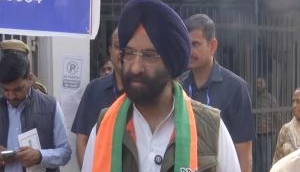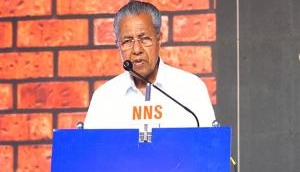
Sensitive documents detailing the technical and stealth capabilities of India's Scorpene submarines designed by French shipbuilder DCNS have been leaked, with Defence Minister Manohar Parrikar seeking a report from the Navy chief on the matter.
The leaked DCNS data, running to 22,400 pages, details the secret stealth capabilities of six new Indian submarines, including what frequencies they gather intelligence at, what levels of noise they make at various speeds and their diving depths, range and endurance all sensitive information that is highly classified, according to Australia's 'The Australian' newspaper.
The data tells the submarine crew where on the boat they can speak safely to avoid detection by the enemy. It also discloses magnetic, electromagnetic and infra-red data as well as the specifications of the submarine s torpedo launch system and the combat system, it said.
It details the speed and conditions needed for using the periscope, the noise specifications of the propeller and the radiated noise levels that occur when the submarine surfaces.
The data, accessed by the paper, includes 4457 pages on the submarine's underwater sensors, 4209 pages on its above-water sensors, 4301 pages on its combat management system, 493 pages on its torpedo launch system and specifications, 6841 pages on the sub's communications system and 2138 on its navigation systems.
"I have asked the Navy chief to study the entire issue about what has been leaked, what is there about us and to what extent. It came to my knowledge at about 12 AM. What I understand is there is a hacking. So we will find out all this," Parrikar told reporters.
The Defence Minister said he does not suspect the leak to be 100 per cent since a lot of final integration lies with India.
He said a clear picture will emerge in a couple of days.








![BJP's Kapil Mishra recreates Shankar Mahadevan’s ‘Breathless’ song to highlight Delhi pollution [WATCH] BJP's Kapil Mishra recreates Shankar Mahadevan’s ‘Breathless’ song to highlight Delhi pollution [WATCH]](https://images.catchnews.com/upload/2022/11/03/kapil-mishra_240884_300x172.png)

![Anupam Kher shares pictures of his toned body on 67th birthday [MUST SEE] Anupam Kher shares pictures of his toned body on 67th birthday [MUST SEE]](https://images.catchnews.com/upload/2022/03/07/Anupam_kher_231145_300x172.jpg)






